We’ve discussed in detail both Days Sales Outstanding (DSO) and Accounts Receivable Turnover (ART) in previous articles. While both are very important key performance indicators (KPI) that track how effective your AR and cash collections efforts are, there are subtle differences between DSO and ART that we’ll take a look at here.
What is DSO?
First things first. Let’s recap what Days Sales Outstanding (DSO) is.
DSO measures the number of days, on average, that it takes your company to collect customer payment after a sale is made. This important ratio is calculated by dividing the amount of accounts receivable during a given period by the total value of credit sales during the same period, and then multiplying the result by the number of days in the period measured.
Finance managers and executives use DSO as a way of tracking and measuring how quickly the company is converting credit sales into cash that can be used in the business. Perhaps more important, DSO can help to spot trends as to whether it’s taking longer to collect payments from customers and determine whether credit and collections policies need to be adjusted.
Refer to What is Days Sales Outstanding for a fully-detailed discussion about what it is, why it’s important, how to calculate it, and how to improve DSO.
What is ART?
Accounts Receivable Turnover (ART) is another important metric that tracks and measures the effectiveness of your AR collections efforts. The ART ratio quantifies how well you’re managing the credit you extend to customers and how quickly that short-term debt is paid.
A high receivables turnover ratio often indicates a conservative credit policy and/or an aggressive collections department. It can also mean that your company does business with a number of high-quality customers that pay their invoices in a timely manner.
On the other hand, a low turnover ratio can indicate that there’s opportunity to more aggressively collect on older, outstanding receivables that are tying up working capital unnecessarily. At the same time, low receivables turnover may be caused by a loose credit policy, an inadequate collections effort, and/or a large proportion of customers having financial difficulties.
Refer to What is Accounts Receivable Turnover Ratio for details, calculation examples, and tips for improving ART.
Difference Between DSO and ART
Perhaps the difference between Days Sales Outstanding vs Accounts Receivable Turnover isn’t as important as how well they work together to paint an important picture of the health of your business and cashflow. These key performance indicators are “close cousins” of each other and are important to track simultaneously.
Used by themselves, both DSO and ART as standalone metrics provide only part of the picture and can sometimes lead you to false conclusions. For example, DSO can spike temporarily during times of business growth or seasonal slump which doesn’t necessarily reflect on your accounts receivable performance. Similarly, ART can indicate how many times during the period you’re collecting your receivables, but not the “why.”
As with any metric, DSO and ART aren’t perfect. But when used, tracked and optimized in tandem, they are two very powerful allies helping you collect on accounts receivable invoices as quickly as possible to preserve cash flow, fund operations and help your business grow.
Improving DSO and ART
There are many strategies that help improve these important AR metrics. But one of the most important things you can do is implement automated accounts receivable management software like Collect-IT.
Collect-IT provides the tools and insights to manage collections, analyze trends, make certain that nothing slips through the cracks, and ensure that your customers pay on time, every time.









